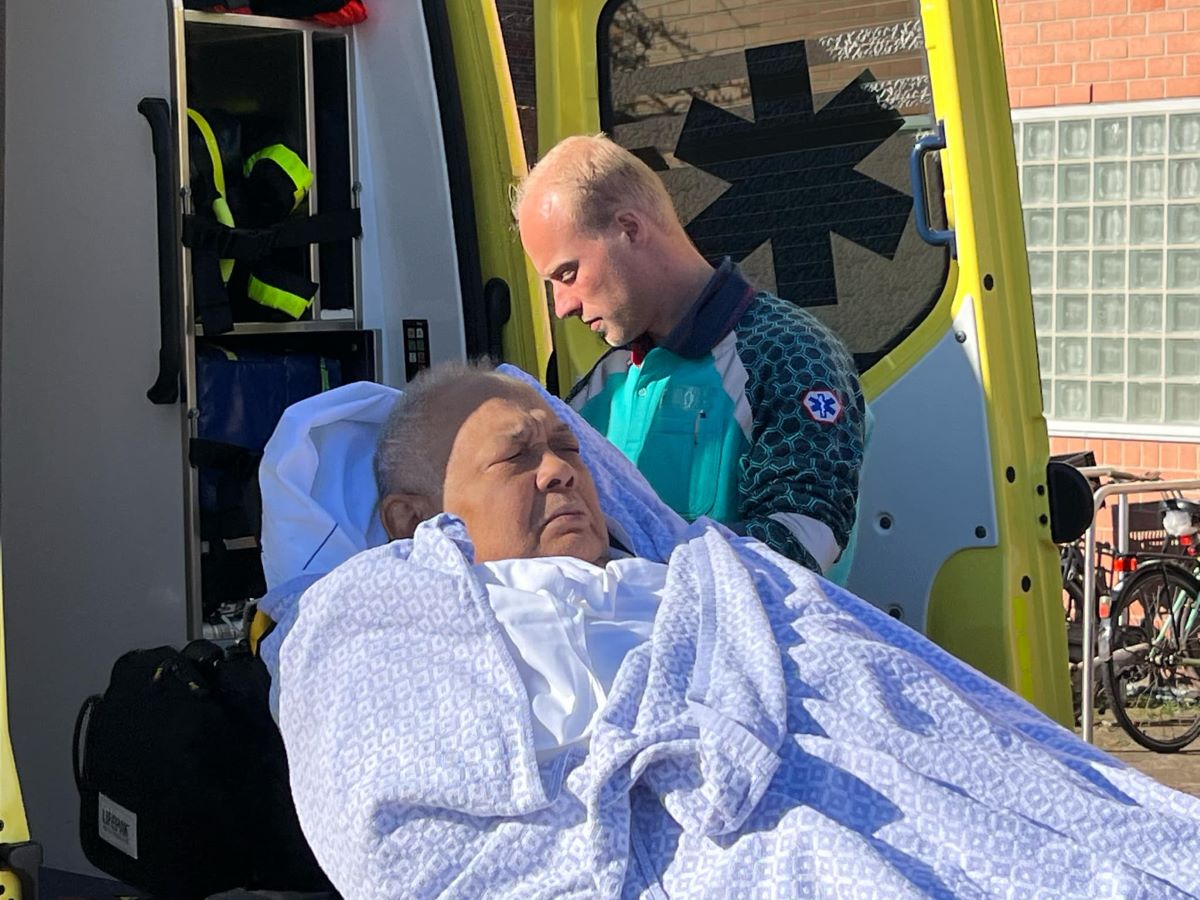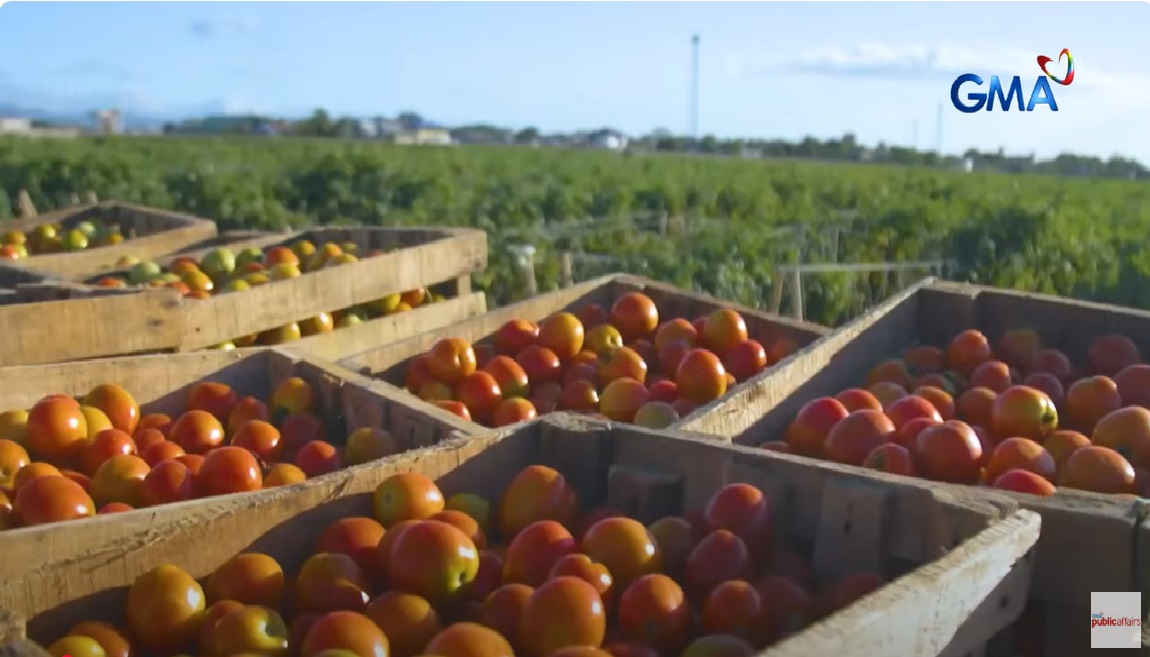Permanent relocation for residents within Mayon's 6-km danger zone eyed
The Albay provincial government is considering the permanent relocation of residents living within the six-kilometer radius of Mayon Volcano’s Permanent Danger Zone (PDZ).
In a televised public briefing on Thursday, Governor Edcel Greco Lagman said they will work on the possible resettlement when the situation in Albay normalizes amid the current restiveness of Mayon Volcano.
“Kailangan talagang ‘wag na maging perennial itong problema na ‘to. Every three or four years kasi may mga ganito kaming mga events… Kailangan talaga ang permanent na pag-resettle. I-settle natin sila sa mga lugar na hindi nabibilang doon sa danger zone,” Lagman said.
(This perennial problem has to stop. We experience this every three or four years. Permanent resettlement is really necessary. Let's move the residents in places beyond the danger zone.)
He, however, stressed that a law needs to be enacted in order for the government to legally relocate the families living within the PDZ.
The Philippine Institute of Volcanology and Seismology (PHIVOLCS) has repeatedly reminded the public that entry into Mayon Volcano’s six-kilometer radius PDZ is not allowed. But despite this, thousands of people still had to be evacuated amid the volcano’s unrest.
“Wala tayong national law really that prohibits them to put up residences inside the places na delikado. Kailangan ng national law, kasi ang meron lang dito is a recommendation in the 1960s… Kung batas ito, mas may ngipin, mas kaya natin mag-act,” Lagman said.
(We don't have a national law that prohibits people from putting up residences inside the places that are dangerous. We need a national law, because all we have here is a recommendation in the 1960s... If this is a law, it will have more teeth, we can act better.)
The governor said he will seek help from the Department of Human Settlements and Urban Development (DHSUD), Department of Labor and Employment (DOLE), Department of Agriculture (DA), and Department of Agrarian Reform (DAR) to make the relocation possible, especially considering that farming is among the livelihood means in the province.
Even as evacuation protocols are in place, Lagman also called on the affected residents to be open to the possibility of eventually resettling to a safer place so as to not cause inconvenience every time the Mayon Volcano’s activities intensify.
As of Thursday, a total of 17,216 people, or 4,813 families, have been staying in 25 evacuation centers in the Bicol Region, while 725 people, or 200 families, were seeking shelters outside of evacuation centers, according to the National Disaster Risk Reduction and Management Council (NDRRMC). —KBK, GMA Integrated News

Medialdea leaves The Hague Penitentiary on board ambulance

PH officials to SC: No unlawful restraint in Duterte arrest

Mga magtatanim ng kamatis at sibuyas, umaaray sa lugi sa anihan dahil sa sobrang supply at importation





